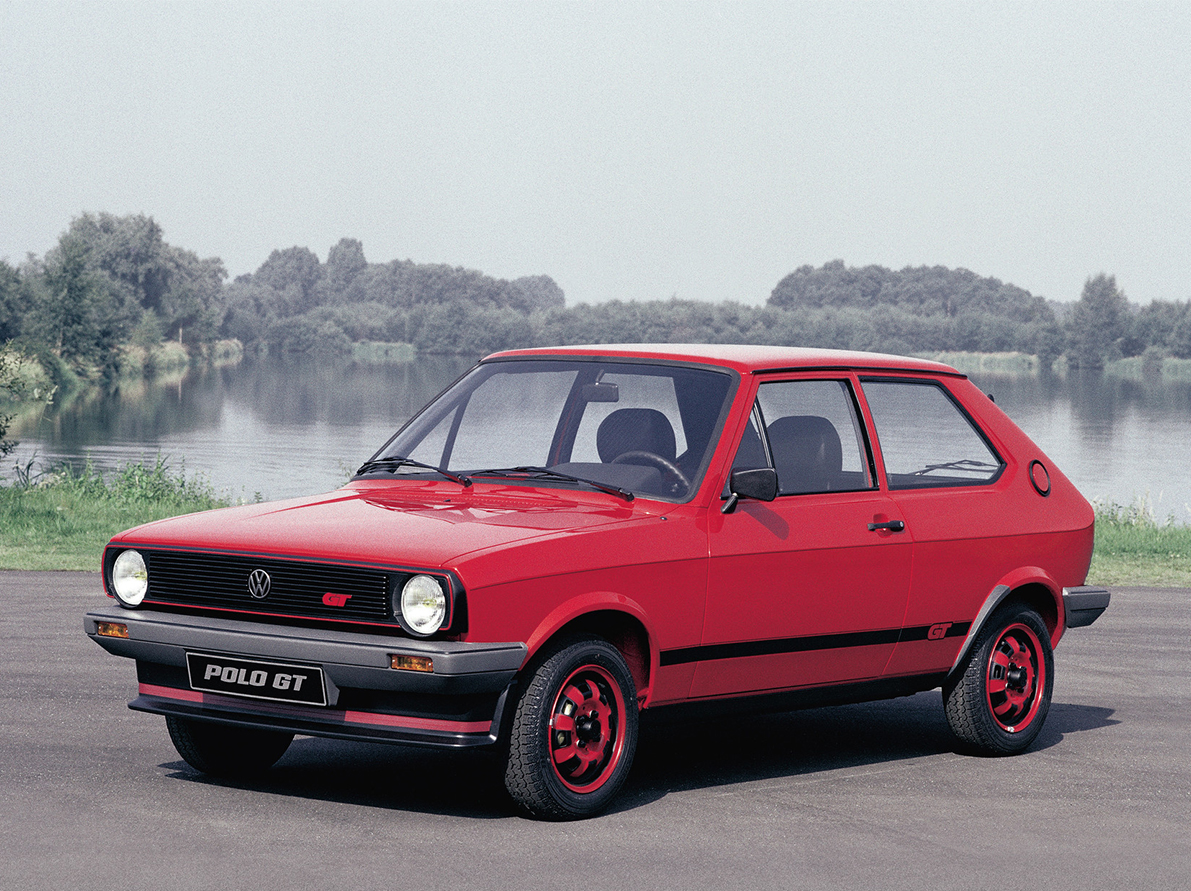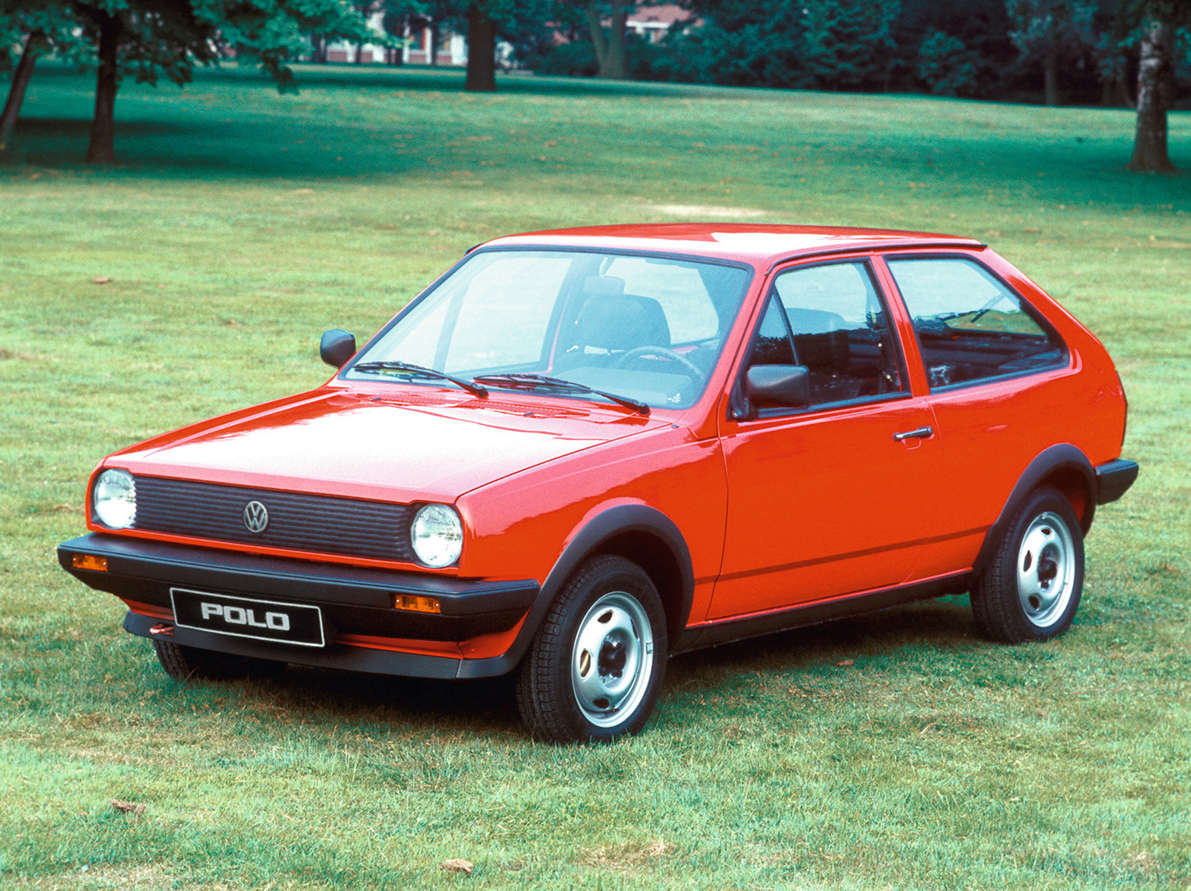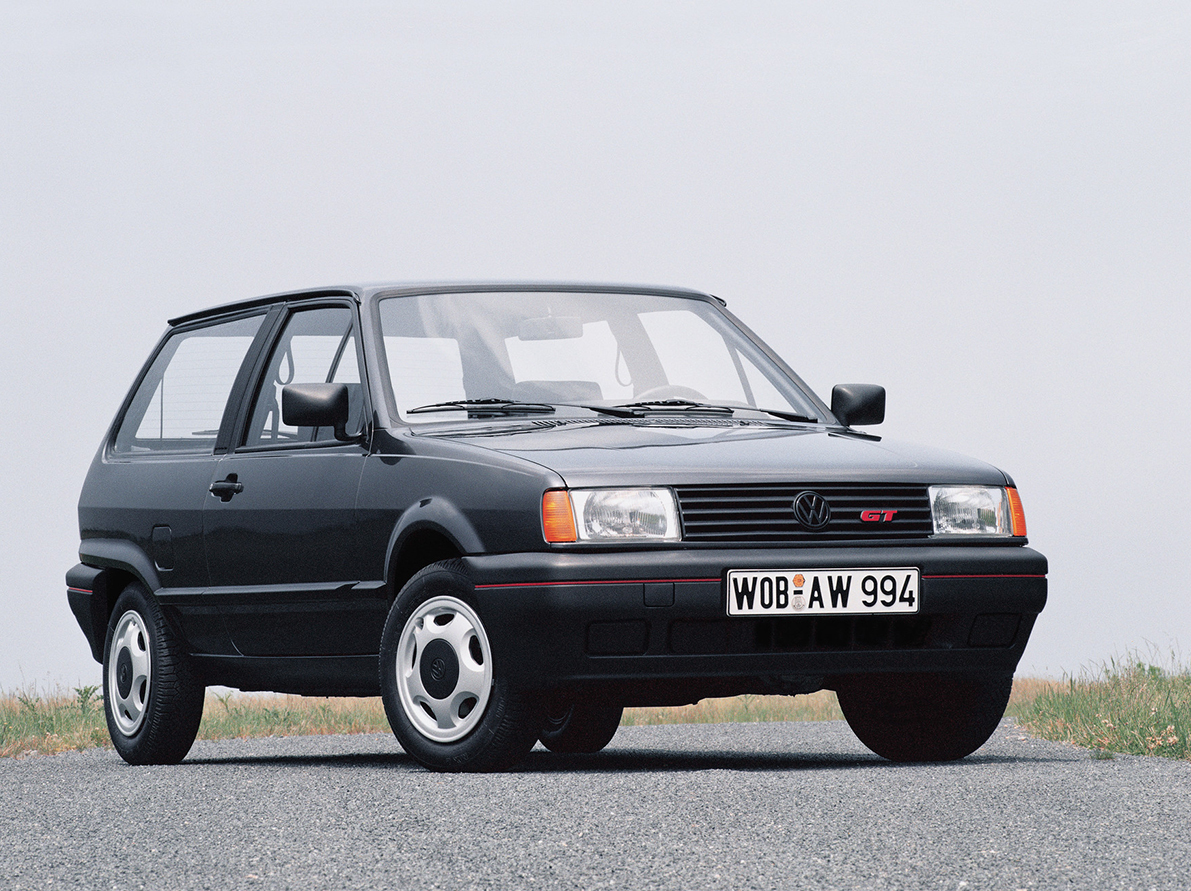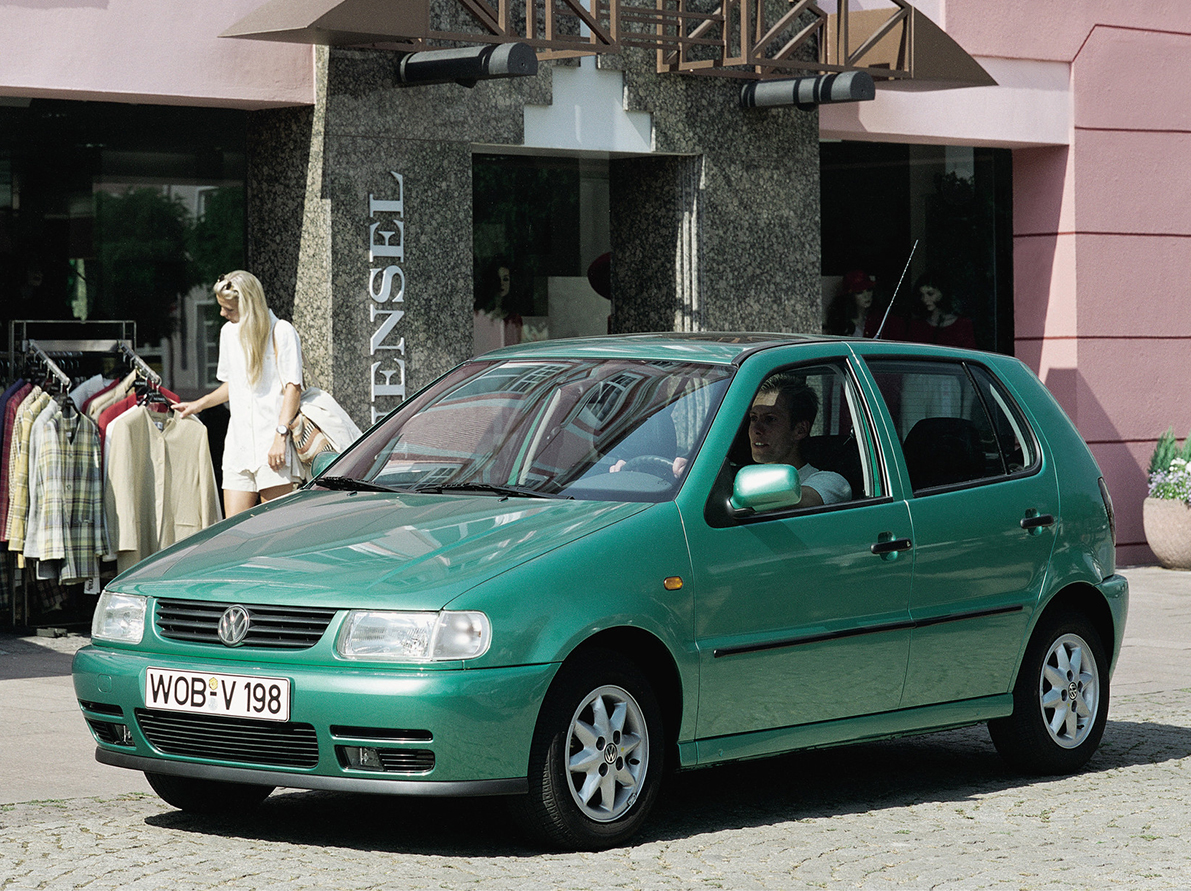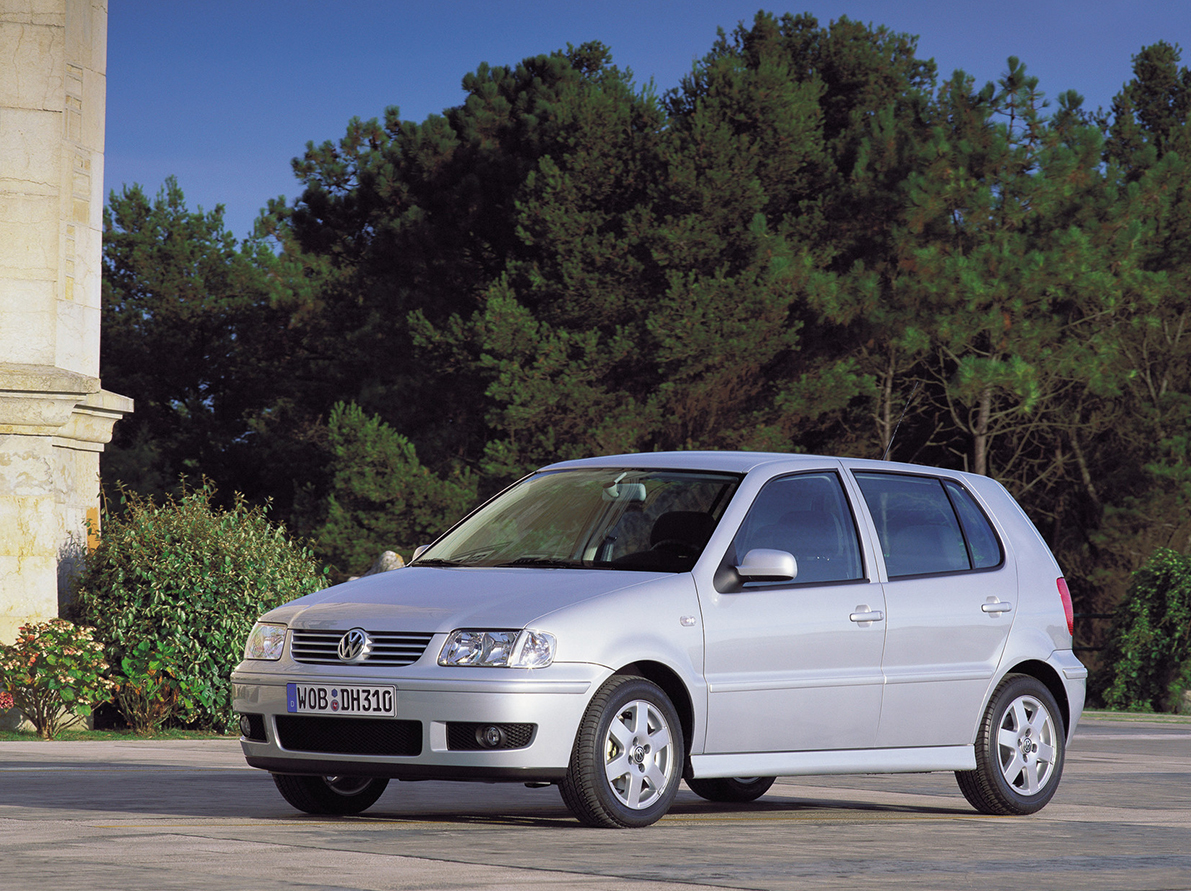The new model is aimed at "a new generation of car buyers, (...) for whom the car is no longer a status symbol. It is the generation of critical young consumers." - this quotation is actually 45 years old, too, and comes from VW's internal information brochure for the market launch. In general, the Polo concept still seems as relevant today as it did then. The advertising slogan from 1975 sums it up in a nutshell: "Polo. Small on the outside. Big on the inside." With an exterior length of only 3.50 metres, the Polo weighs just 685 kilos. Nevertheless, it offers "space for a whole family" according to the advertising. In the 1970s, people are simply more modest: 0.9 litres cubic capacity and 40 hp are sufficient for a top speed of 132 km/h and a 0-100 km/h score of 21.2 seconds. In 2020 this sounds more like a traffic block, but in 1975 Volkswagen even speaks of "sporty performance". It all depends on the comparison: a Beetle had 34 hp at the time and only managed a top speed of 115 km/h...
A car for "modest lifestyle"?
Rather modest is also the equipment of the "VW in new size": For 7,500 D-mark basic price there is a rubber floor covering in the interior instead of carpet, front seats without headrests, a ventilation fan with only one level, a tailgate with holding bar instead of a gas pressure spring, neither door lock nor sun visor on the passenger side, no parcel shelf and of course the much referred wire sling as accelerator pedal. However, Volkswagen does not skimp on safety. Originally, diagonal tyres and drum brakes all round were planned, but in fact the Polo comes with contemporary radial tyres and disc brakes at the front axle. For an extra charge there is a laminated glass windscreen, front headrests and halogen headlights. Again quoted from the internal market launch documents: "In the basic model, the equipment is limited to the most important features in the interest of the lowest possible purchase price". A little more luxury is offered by the Polo L or its even nobler brother, the Audi 50. It has been rolling off the production line even since 1974 and was, by the way, initially more successfull. In 1975, 84,343 customers chose the smallest Audi, while the Polo found 74,180 buyers.
Getting better year by year
But the Polo also picks up speed quickly - not only because more powerful engines with 50 or 60 hp are available from 1976. The range of basic and L equipment was extended, and the Polo GL and GLS were added as top models. In 1977, Volkswagen presents the notchback version called Derby, based on the Polo. 1978 sees the end of the Audi 50, while the Polo undergoes a fundamental overhaul at the beginning of 1979: the bumpers are enlarged by plastic covers, the radiator grille is re-designed to be more aerodynamic, and inside there is a completely new dashboard with square instruments and sliders for heating and ventilation. In such good shape, the Polo Mk1 is heading for its replacement. The last Mk1s are built in September 1981. In six and a half years, Volkswagen has produced almost 800,000 Polos - a remarkable figure for this vehicle class. And this is just the first chapter in a success story that continues to this day: Within 45 years, more than 17 million customers have chosen a Volkswagen Polo. This makes the small car truly a big one.

